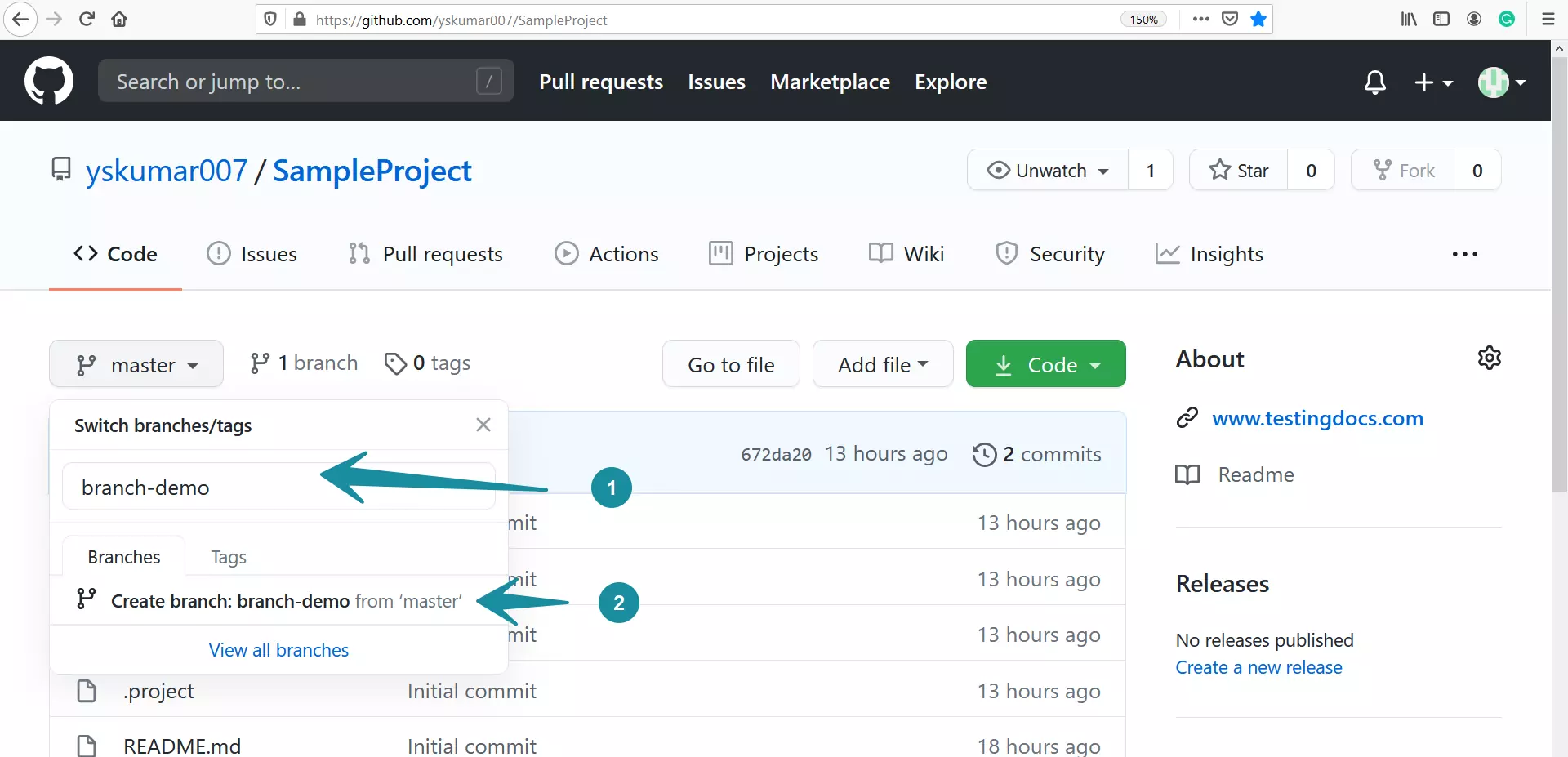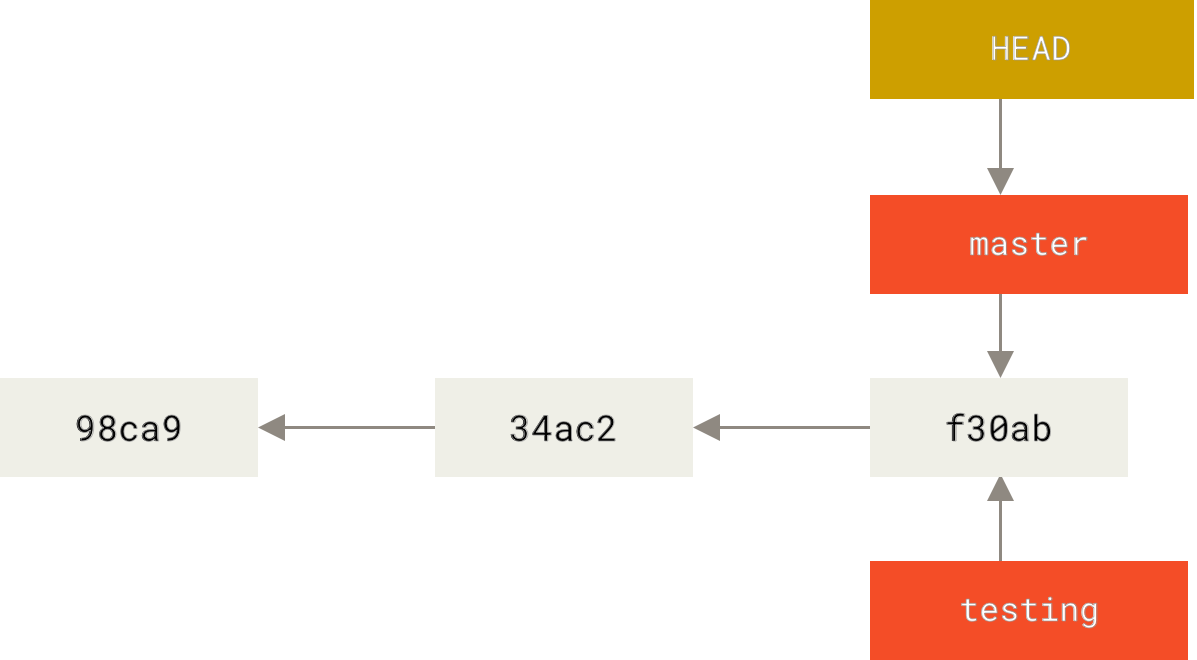

Now that you know the hash of the tree, you can easily create a new commit at that tree. You'll probably get 4b825dc642cb6eb9a060e54bf8d69288fbee4904, unless you're reading this in the future when git changed hashes from SHA1 to SHA256 to avoid collisions. Here we're asking git to give us a hash of a tree that is created from /dev/null ( -t tree means object of type tree). For that we'll employ git's hash-object, that returns a hash that git would internally use to represent whatever we pass to it. If you feel adventurous, you can try the "under the hood" method.įirst we need to know what an empty tree (e.g.
CREATE BRANCH FROM MASTER GIT COMMAND SKIN
But with git there is always more then one way to skin the cat. It's using mostly the commands you know and love.

The above method of fixing master is made for mere mortals. When you call git start in a directory, it will init the repository as well as add an empty commit on master. Start = !git init & git commit -allow-empty -m \"Initial commit\"

To prevent the situation altogether there is this handy alias. So if your first commit was titled Dummy test 999, you're not getting rid of that that easily as you can't rebase a commit that has no parent. The commit you rebase onto is not part of the interactive rebase list. Apart from being nice and clean, it's more practical when you need to rebase any branch based off of it. There are multiple reasons why starting master with an empty commit is a good idea. Git checkout my-feature-1 git rebase origin/master git push origin my-feature-1:my-feature-1 -force-with-lease Why should I always have empty commit on master? To fix this you need to rebase the feature branch on master. Master and my-feature-1 are completely different trees If you push it and try to create a PR from it, you will see an error. But there are still your changes in the my-feature-1 branch. Now you're done when it comes to the master branch. In case someone pushed after you last fetched the origin/master the force push will fail. When you force with lease, git makes sure that the remote branch is where it's supposed to be. Git push origin master:master -force-with-lease But because the branch changed completely you need to force push.

Now your master contains only one empty commit and you can push it to the server. Git commit -allow-empty -m "Initial commit" You can't just commit empty commit as git will refuse to do so. Orphan branch is not based off of anything.īut now your working copy contains changes from my-feature-1 branch. You will create new master out of thin air. Don't worry, we'll recreate it in a minute.
CREATE BRANCH FROM MASTER GIT COMMAND CODE
You can stash everything (also untracked) using git stash -u.Ĭreate a backup branch, that will hold your code so that it does not get lost, when you reset master. What you need to do is make master empty again without loosing your precious code.įirst of all check that you have everything commited and your working copy is clean. If you want to understand little bit more about git internals, there is also a method using plumbing commands.


 0 kommentar(er)
0 kommentar(er)
